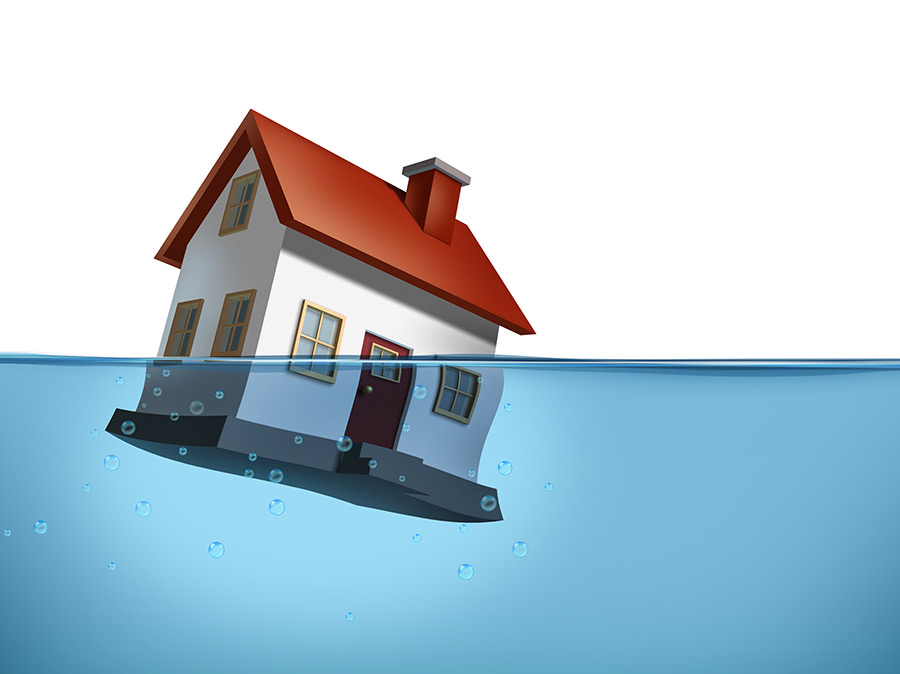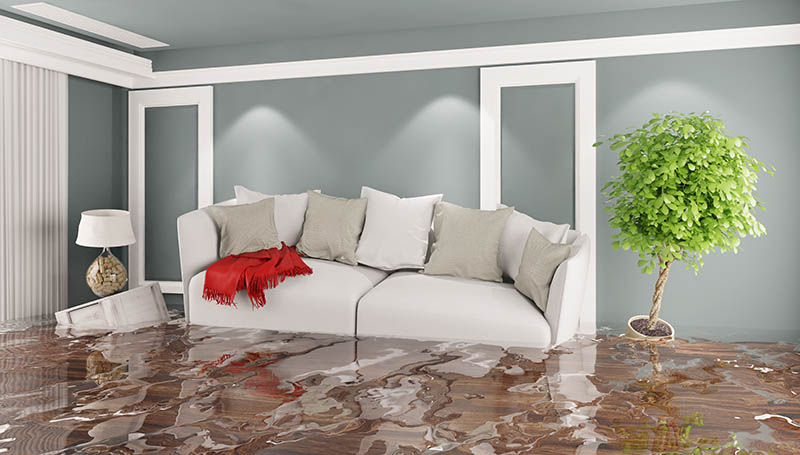We have discovered this post about How to Find Water Leaks listed below on the internet and think it made good sense to write about it with you on this site.

Leaks not just trigger waste of water but can also create unneeded damage to your house as well as advertise undesirable natural growth. Water leaks may go undetected since most of the pipework in our residence is hidden. By looking and understanding for everyday circumstances that cause leakages, you can safeguard your residence from future leakages as well as unnecessary damage. Today, we will certainly consider six leakage causes that may be causing your pipes to drip.
Instant temperature changes.
Severe temperature adjustments in our pipelines can trigger them to broaden and get suddenly. This development as well as tightening may trigger fractures in the pipelines, especially if the temperature level are below freezing. It would be best if you watched on just how your plumbing functions. The existence of the formerly pointed out circumstances regularly suggests a high risk.
Rusty water supply
This might be the reason of staining or bending on your water pipelines. If our plumbing system is old, consider replacing the pipes since they are at a higher risk of corrosion than the more recent versions.
Defective Pipeline Joints
The factor at which your pipelines connect is frequently the weakest web link in the waterline. Pipeline joints can weaken in time, resulting in water leakages. However, the majority of pipe joints are not quickly visible. If you have noisy pipes that make ticking or banging noises, specifically when the warm water is turned on, your pipeline joints are possibly under a great deal of stress. It is recommended to have your plumber inspect your system annually.
Intruding roots
The majority of water leaks begin outside the home rather than inside it. You might notice wet spots or sinkholes in your lawn, and that may mean that tree roots are getting into water lines causing water to seep out.
Poor Water Connectors
At times, a leak can be brought on by loose hose pipes as well as pipelines that provide your appliances. Most of the time, changing is what causes the loose water Links. You may locate in the case of a cleaning equipment, a hose may spring a leak due to shaking during the spin cycle. In case of a water connections leakage, you may discover water running straight from the supply line or pools around your home appliances.
Blocked Drains
Blocked drains pipes could be bothersome as well as inconveniencing, but they can in some cases wind up triggering an overflow bring about rupture pipelines. Keep getting rid of any products that might go down your drains that might block them to stay clear of such inconveniences.
All the above are sources of leakages but not all water leakages arise from plumbing leaks; some leaks could originate from roofing system leakages. All leakages should be fixed promptly to stay clear of water damage.
Leaks not only create waste of water but can also create unnecessary damage to your house and promote unwanted organic growth. By understanding and looking for day-to-day circumstances that trigger leaks, you can protect your home from future leakages as well as unneeded damage. Today, we will look at six leak causes that might be creating your pipelines to trickle.
At times, a leak can be triggered by loose pipes and also pipelines that supply your home appliances. In instance of a water links leakage, you may see water running directly from the supply line or pools around your appliances.
How To Check For Water Leak In Your Home
How To Check for Leaks
The average household's leaks can account for nearly 10,000 gallons of water wasted every year and ten percent of homes have leaks that waste 90 gallons or more per day. Common types of leaks found in the home are worn toilet flappers, dripping faucets, and other leaking valves. These types of leaks are often easy to fix, requiring only a few tools and hardware that can pay for themselves in water savings. Fixing easily corrected household water leaks can save homeowners about 10 percent on their water bills.
To check for leaks in your home, you first need to determine whether you're wasting water and then identify the source of the leak. Here are some tips for finding leaks:
Take a look at your water usage during a colder month, such as January or February. If a family of four exceeds 12,000 gallons per month, there are serious leaks.
Check your water meter before and after a two-hour period when no water is being used. If the meter changes at all, you probably have a leak.
Identify toilet leaks by placing a drop of food coloring in the toilet tank. If any color shows up in the bowl after 10 minutes, you have a leak. (Be sure to flush immediately after the experiment to avoid staining the tank.)
Examine faucet gaskets and pipe fittings for any water on the outside of the pipe to check for surface leaks.
Undetected water leaks can happen without the home or business owner even realizing. If you suspect a water leak, but not able to find the source. It is time to contact a professional water leak detection service, The Leak Doctor.
How To Find a Water Leak In Your Home
https://www.leakdoctor.com/blog/How-To-Check-For-Water-Leak-In-Your-Home_AE197.html

I was shown that article on Common Water Leaks In House from an acquaintance on our other domain. Sharing is caring. Who knows, you will be helping someone out. Thanks a lot for your time. Visit us again soon.
Request An Appointment